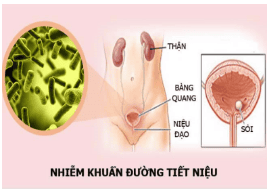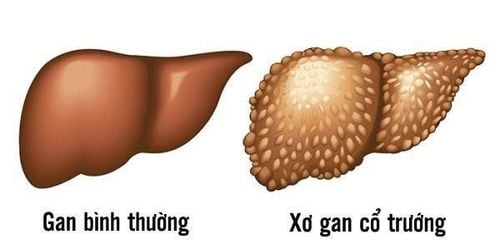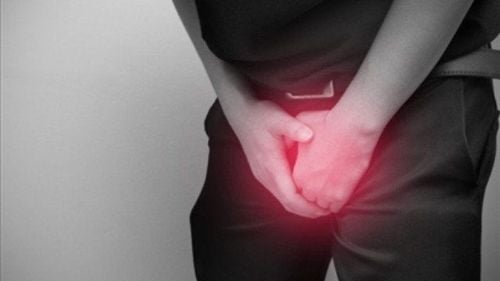This is an automatically translated article.
Urethral tumor or urethral valve is a disease that needs to be detected and treated early to avoid dangerous complications of the urinary system. To treat urethral and urethral valve tumors, patients will undergo endoscopic surgery to enhance efficiency, shorten treatment time and reduce pain for patients.1. Urethral tumor, what is urethral valve?
Urethral neoplasm is a rare malignancy in urological pathology, which originates in the mucosa of the urethra.The urethral valve consists of the anterior urethral valve and the posterior urethral valve. The anterior urethral valve is actually a diverticulum in the anterior urethra, during urination the diverticulum inflates and pushes the posterior edge of the diverticulum up to press on the anterior urethra. The posterior urethral valve is a congenital anomaly caused by the fold of the posterior urethral mucosa, which forms a thin diaphragm that prevents urine outflow from the bladder. The anterior urethral valve usually has little effect on the urinary system, while the posterior urethral valve is the leading cause of early and severe renal failure in children.

U niệu đạo là bệnh lý ác tính có tần suất hiếm gặp trong bệnh lý tiết niệu
2. Indications for endoscopic resection of urethral tumors, urethral valve
Laparoscopic urethrotomy is indicated for all cases of urethral tumor requiring endoscopic resection for diagnosis and histopathological classification. Urethral valve cases require endoscopic burning and valve dissection because of disorders and complications.Some patients are contraindicated with laparoscopic surgery to cut urethral tumors, urethral valves, including:
Patients with concomitant medical diseases with contraindications to anesthesia and surgery. Unstable severe urinary tract infections. Severe renal failure requires medical stabilization before endoscopic resection of urethral tumors, urethral valves, patients need to clean the pubic area, perform pre-operative tests, abdominal ultrasound, cystoscopy, and scans. X-ray of the urethra, bladder without or with straining, multi-slice tomography of abdomen and pelvis, venous urograph.

Người bệnh nhiễm khuẩn đường tiết niệu nặng, chưa ổn định có chống chỉ định mổ cắt u niệu đạo
3. Conduct endoscopic cutting of urethral tumor, urethral valve
The endoscopic steps to cut urethral tumor, urethral valve include:Spinal anesthesia or general anesthesia Posture: lithotomy Disinfection of external genital organs Insertion of the endoscopic ablation machine into the urethra (in case of urinary tract infection). If the urethra is small, use a ureteroscope); Check for comorbidities of: urethra, prostate gland, bladder neck, bladder mucosa and 2 ureter mouths. Perform tumor removal, valve resection or burn or slit the valve with monopolar, bipolar or laser electrodes; Take tissue for histopathology; Place a urethral catheter. Postoperatively, the patient removed the urethral catheter after 1 day in case of urethral tumor, in the posterior urethral valve, the urethral circulation time may be longer depending on renal failure, monitoring of hematuria and urinary tract infection, kidney function if there is renal failure before surgery.
With laparoscopic surgery to cut urethral tumor, urethral valve, the patient has no serious complications. This method should be performed in a reputable hospital with a team of well-trained, experienced and qualified doctors.
Vinmec International General Hospital with a system of modern facilities, medical equipment and a team of experts and doctors with many years of experience in medical examination and treatment, patients can rest assured to visit. examination and treatment at the Hospital.
Please dial HOTLINE for more information or register for an appointment HERE. Download MyVinmec app to make appointments faster and to manage your bookings easily.













